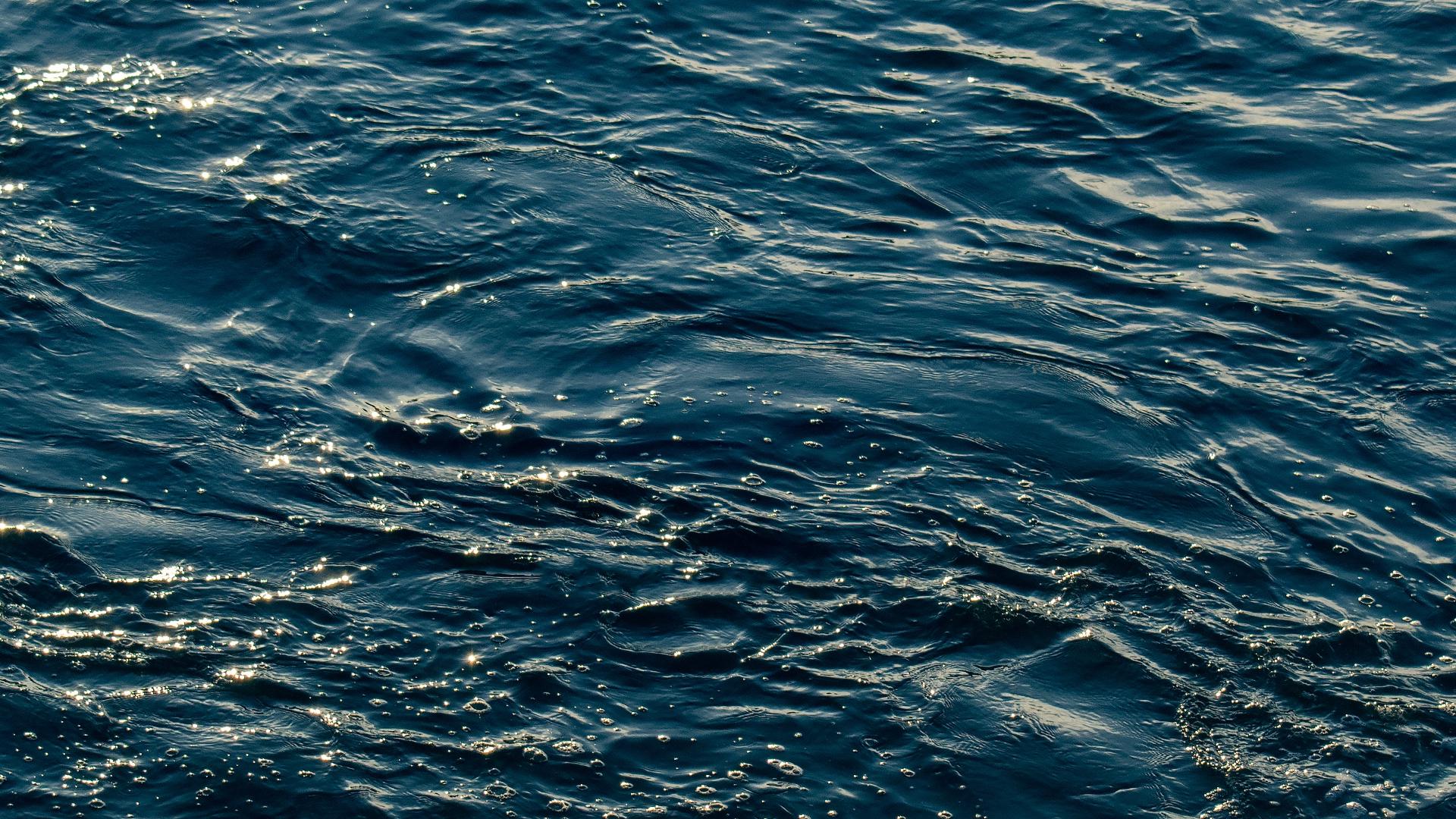MONTGOMERY COUNTY, Iowa — Nearly 750,000 freshwater fish were killed after an early March fertilizer spill spread to the East Nishnabotna River, the Iowa Department of Natural Resources confirmed on Thursday.
The spill, which affected an almost 50-mile part of the river near the Iowa-Missouri border, originated from 1,500 tons of liquid nitrogen fertilizer spilling into a drainage ditch in Red Oak, Iowa on Monday, March 11.
From there, the chemicals contaminated the East Nishnabotna River and traveled all the way to the confluence of the Missouri River.
The spill impacted at least 13 species of fish, killing a total of 749,242 animals over a three-week period.
Here's the number of fish killed by species, as of March 28:
- Minnow Shiner Dace Chub: 707,871
- Suckers: 1,542
- Goldeye: 201
- Common Carp: 9,255
- Carpsucker: 14,500
- Buffalo: 4
- Sauger: 199
- Channel Catfish: 7,681
- Flathead Catfish: 264
- Green Sunfish: 935
- Silver Carp: 67
- Largemouth Bass: 69
- Grass Carp, diploid: 6,654
- TOTAL: 749,242
New Cooperative, the agricultural company which left a valve open near an aboveground storage tank and caused the spill, is currently working with DNR officials to clean the spill.
"Cleanup efforts at the NEW Cooperative facility are ongoing. Contaminated soils continue to be removed from the facility and from around a levee west of the facility," the DNR release reads in part. "The contaminated soils will be land applied at approved locations, at agronomic rates consistent with Iowa law. Additionally, NEW Cooperative is pumping water from the east side of the levee."
The DNR's Legal Services Bureau is looking at next steps for restitution, and field tests indicate ammonia levels are decreasing in the river.

